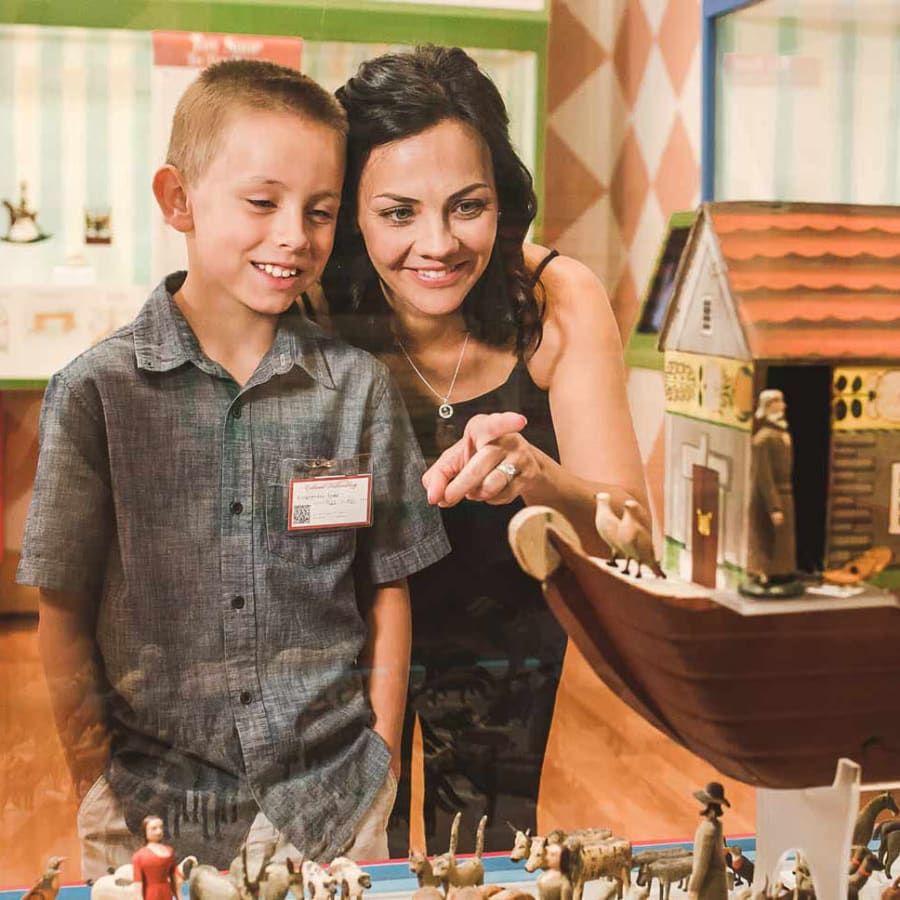Now Open
This exhibition is on view in the Len and Cyndy Alaimo Gallery
This exhibition is generously funded by The Leonard J. and Cynthia L. Alaimo Endowment for Colonial Williamsburg’s Art Museums, the Jeanne L. Asplundh Textile Exhibitions Endowment and the George Cromwell Trust
Needlework—which includes canvas work, lace, tambour, crewel work, silk embroidery, quilting, and counted stitch—played an important role in the homes and lives of many early Americans. Embellishing textiles with decorative stitches was one method in which the Founding Mothers contributed to their family’s household furnishings and enriched their homes and clothing with pattern, color, and beauty. Sewing and mending everyday functional textiles such as bed and table linens, as well as clothing, was another means in which women contributed economically to their family. Stitching needlework projects was also an educational tool for young schoolgirls, and a creative outlet for many housewives.
American needlework reflects great diversity and regional variations. Many factors influenced distinct regional characteristics including the ethnic origins of the makers, trade and migration patterns, influential teachers and artists, current fashions, religious affiliations, geography, and even climate. “Stitched in Time” explores regional variations in American needlework of the eighteenth and early nineteenth centuries and the forces that molded them.




EXPLORE ONLINE
Explore this Exhibition Online
Explore and search our Online Collections to learn more about The Colonial Williamsburg Foundation's vast collections.
Learn More